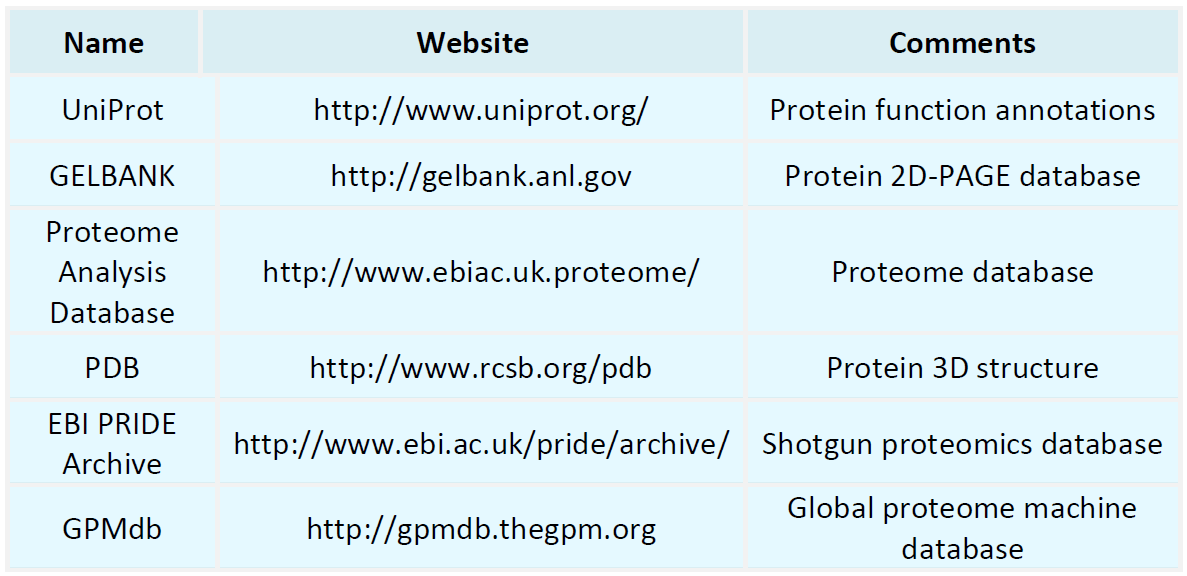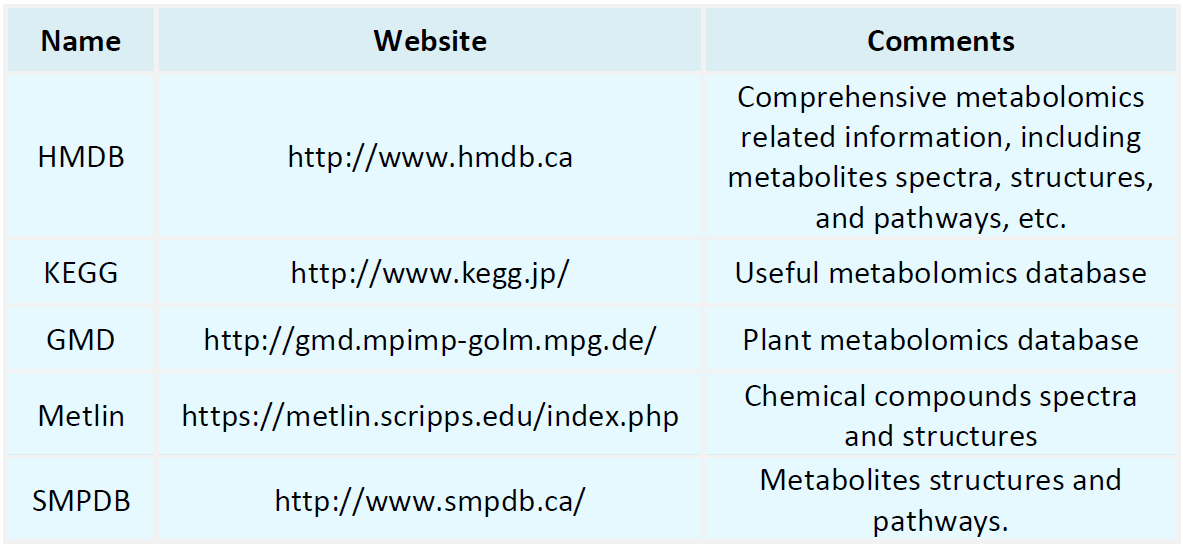Resources
Proteomics Databases

Metabolomics Databases

-
• Principles, Advantages, and Applications of HPLC-Based Protein Purity Analysis
In the fields of life sciences and biopharmaceuticals, protein purity is a critical parameter for assessing sample quality and ensuring the reliability of downstream applications. High-performance liquid chromatography (HPLC), owing to its superior resolution, reproducibility, and sensitivity, has emerged as a pivotal technique for protein purity assessment. This article outlines the fundamental principles of HPLC-based protein purity analysis, its analytical advantages, and key application scenarios ......
-
• A Comprehensive Guide to the Determination of Protein Purity and Quantity
Proteins are fundamental biomolecules involved in a wide range of biological processes, from basic metabolism to complex signal transduction. In both life science research and the biopharmaceutical industry, accurate determination of protein purity and concentration is not only critical for ensuring the validity of scientific conclusions but also directly influences downstream applications and process development. Importance of Determining Protein Purity and Concentration In protein research and appl......
-
• How Does ABPP Contribute to Research on Tumors and Neurological Disorders?
As research on disease mechanisms increasingly advances toward cellular functions and molecular dynamics, the limitation of proteomics, capable of detecting expression but not activity, has become more evident. Particularly in complex disorders such as tumors and neurological diseases, alterations in protein functional states often provide more accurate insights into biological processes than changes in expression levels. Activity-Based Protein Profiling (ABPP), a representative technique in functio......
-
• How Can Mass Spectrometry Enable Comprehensive Analysis of Glycopeptide Structures?
Glycopeptides, composite molecules that link glycans with peptide backbones, are widely distributed in membrane proteins, secretory proteins, and immune-related proteins. They play pivotal roles in maintaining protein stability, regulating signaling pathways, and mediating immune recognition. Their structural complexity imposes stringent demands on analytical methodologies. Owing to its high sensitivity, high resolution, and capability for molecular-level characterization, mass spectrometry has become......
-
• What Are Glycosylation Sites?
A glycosylation site refers to a specific amino acid residue within a protein molecule where glycosylation modification occurs. At these sites, enzymes catalyze the covalent attachment of sugar moieties (such as oligosaccharides) to proteins, thereby generating glycoproteins. Glycosylation represents a critical post-translational modification (PTM) that profoundly influences protein structure, stability, function, and intercellular communication. In life sciences and biopharmaceutical research, the id......
-
In the post-genomic era, proteomics has emerged as a central tool for deciphering the complexity of biological systems. Among the various post-translational modifications (PTMs) that have increasingly attracted the attention of researchers, glycosylation stands out as one of the most complex and challenging. Glycosylation, a widespread form of PTM in eukaryotic cells, is found on nearly all membrane and secreted proteins. It not only regulates protein stability, subcellular localization, and half-life......
-
• Guide to Protein Primary Structure Analysis: Amino Acid Sequence Characterization
The primary structure of a protein, defined as its amino acid sequence, forms the foundation for deciphering its function, structure, and biological properties. Accurate determination of the amino acid sequence not only underpins mechanistic insights into protein function but also provides a robust data basis for structure prediction, functional annotation, and target discovery. This article systematically reviews the core methodologies, critical considerations, and practical strategies for protein pr......
-
The three-dimensional structure of proteins is intrinsically linked to their biological functions. As one of the most mature and highest-resolution structural determination techniques, X-ray crystallography has become an indispensable tool in life sciences, drug discovery, and biotechnology. This paper provides a systematic overview of the principles of X-ray crystallography and its applications in protein structure determination, with particular emphasis on practical implementations in functional ana......
-
• SDS-PAGE vs. HPLC: Which Method Is More Suitable for Protein Purity Assessment?
In proteomics research and biopharmaceutical development, protein purity assessment is a critical process for ensuring experimental reproducibility and product quality. SDS-PAGE (sodium dodecyl sulfate–polyacrylamide gel electrophoresis) and HPLC (high-performance liquid chromatography) are two widely used yet complementary analytical approaches, each characterized by specific strengths and limitations. This article examines their respective application scenarios, core technical features, and comparat......
-
• Protein Structure Prediction for Unknown Proteins: From Sequence to Three-Dimensional Conformation
In life sciences, the function of a protein is highly dependent on its three-dimensional structure. Predicting the structures of unknown proteins is not only a fundamental task in basic biology but also a critical step in drug discovery, disease mechanism elucidation, and target validation. In recent years, with the rapid advancement of computational methods and experimental technologies, inferring spatial conformations directly from linear amino acid sequences has become feasible. This article system......
How to order?







